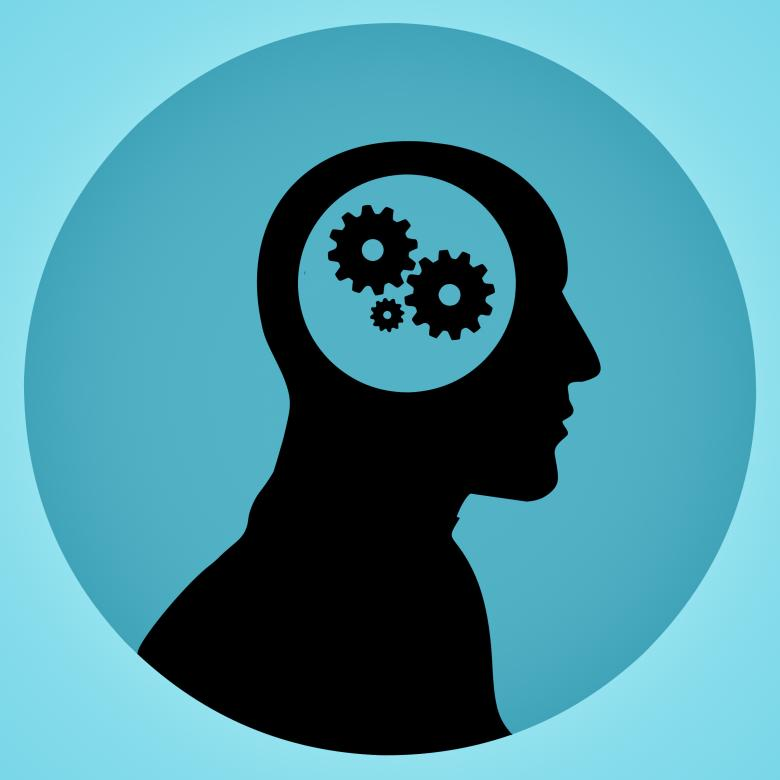Differentiating Content
*This is a blog in the series on differentiation in the classroom. See below for the other blogs in the series.
 |
Differentiating Content
Differentiating content centers around what we teach and how students interact with what we teach to learn. Based on a common research term called triangulation of data, teachers can offer quality content to help students master the standards. It means not just looking at test scores, but also looking at academic strengths, readiness data, and student interests to offer different students in the same class the same opportunity to master the same standard through different content or different forms of content.
What Can This Look Like?
There are a number of ways content can be differed. A teacher may offer reading stories from multiple backgrounds that emphasize the same learning standard material. A teacher may offer the content at varying levels of rigor, a second teacher may offer visual stimuli while a third may also offer content set to music for aural stimuli.
Here are some categories to consider when differentiating content (how and what they take in to meet the standard):
- level of difficulty
- provide choice.
- use a variety of resources.
- teach, teach and re-teach.
- create a learning matrix.
- heterogeneous groupings.
- self-directed learning.
- how students access content (video, audio, article).
- small group instruction.
- compacting (advanced students)
Focusing Through Accessibility
By differentiating the content, teachers can really allow a student to hone in on one type of process at a time. Providing a student with accommodations regardless of having an IEP or 504 gives students the opportunity to comprehend without trying to comprehend while decoding. A student can interact with the content at a personalized level so they can really focus on pulling in the facts, concepts, and skills instead of having to also focus on keeping their train of thought while pulling in information or making analysis of new information.
Steps to Differentiating Content
As in the previous blog of this series, Differentiation, An Overview, the standard itself is not differentiated.
- Identify the standard being met. The parts of the standard may prove the most effective in helping to create content and plan instruction to teach students how to master the standard.
- Once you have these pieces (hacking the standard), decide the content you want to use to master the standard.
- Then reflect on which students may struggle to master the standard with that content as is.
- Consider what you may need to do to the content (lower reading level, audio read aloud, visual images with the content, etc.) to give those students access to master the standard. Can you use existing data to find learning profile (mastery connect data, prior knowledge assessment, interest surveys, etc.) information to find the best content or adjusted content for each student?
Success Criteria
Katie from @ForTeachers, is a teacher from the UK currently teaching in Hong Kong. She gives some success criteria when differentiating content to help teachers gauge their success in planning instruction. Have you...
- used the initial findings of students during the exploration stage to get an understanding of where they are? (pre-assessment, interests, learning profile)
- identified small groups or individuals who may struggle with the content?
- provided appropriate opportunities (or personalized opportunities) for students to take in the content?
Summary
As with all parts of differentiation, the standard does not change in differentiation. It is the metric by which our differentiation methods should help the student master. Offering options to students to help them master the standards is the pathway. Basing those options on targeted data and subsets like readiness, interests, and learning profiles are key to making informed decisions on how you want to differentiate the content.
References
Katie @ForTeachers. Accessed February, 2023. Retrieved from https://www.youtube.com/watch?v=RK5Wr_hFSFI
IRIS Center. Accessed February, 2023. https://iris.peabody.vanderbilt.edu/module/di/cresource/q2/p05/#content
The CEEDAR Center at the University of Florida. Accessed February, 2023.
https://ceedar.education.ufl.edu/mtss-udl-di-dev/DIstart.html#DIways
More To Come
Check out other blogs breaking down the components of the Differentiated Instruction (DI) framework below:
- Looking at Differentiation...An Overview.
- Differentiating Content
- Differentiating Process
- Differentiating Product
- Differentiating Affect
- Differentiating the Learning Environment
- Teacher Mindset



Comments
Post a Comment